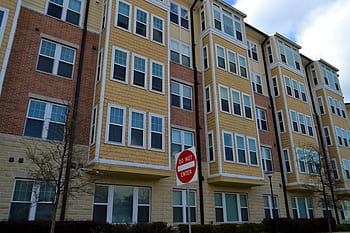To Learn how all this Happened
Had it not been part of General Motors, Cadillac might have perished in the Depression, a time when few could afford — or wanted to be seen in — big, expensive automobiles no matter how superb. Unlike independent Packard, which was forced to survive with medium-priced products, Cadillac was protected by GM’s vast size and enormous financial strength. Then, too, the division already had a medium-priced car, the LaSalle, introduced in 1927. All this helped Cadillac endure “hard times” without squandering its blue-chip image, even as it built ultra-luxury cars selling only in small numbers.
 But despite their refined performance and majestic proportions, the multicylinder Cadillacs were anachronisms in the devastated Depression market, and none sold in significant numbers. There were two reasons why these grand Cadillacs fared so poorly. At 431 cid and 185 horsepower, this engine was smaller and lighter yet more potent than the earlier overhead-valve design, but only 508 cars were so equipped through 1940, its final year. Production was only fair for ’32, then declined to about 700 and 400 units per year, respectively. The peak was 1930-31 with exactly 3,250 Sixteens and 5,725 Twelves. Both models were dropped after 1937, but Cadillac made one more try starting the next year with an L-head V-16.
But despite their refined performance and majestic proportions, the multicylinder Cadillacs were anachronisms in the devastated Depression market, and none sold in significant numbers. There were two reasons why these grand Cadillacs fared so poorly. At 431 cid and 185 horsepower, this engine was smaller and lighter yet more potent than the earlier overhead-valve design, but only 508 cars were so equipped through 1940, its final year. Production was only fair for ’32, then declined to about 700 and 400 units per year, respectively. The peak was 1930-31 with exactly 3,250 Sixteens and 5,725 Twelves. Both models were dropped after 1937, but Cadillac made one more try starting the next year with an L-head V-16.
With sales no better than in 1930-37, the opulent Sixteen was dropped for good after 1940, a relic of a grand age we would not see again. A resulting ramp-up in war-goods production created millions of new jobs, thus finally ending the Great Depression. A new age was, in fact, beginning. Like all of American industry and the public at large, Cadillac did its part to win the war. Europe was again at war by 1940, when President Franklin Roosevelt won an unprecedented third term after promising not to involve American forces even as he contrived to “Lend-Lease” material support to beleaguered Britain. When peace returned, GM’s flagship division resumed efforts that within a few short years would make it the undisputed leader in American luxury cars.
Square yet crisply elegant and quite compact for a Cadillac, Mitchell’s creation stood apart with chrome-edged side windows, squareback fenders, concealed running boards, and a low profile on a wheelbase three inches longer than on other 60s (which offered a coupe, a sedan, and two convertibles). A new 126-inch-wheelbase Series 61 offered four models priced from $1,610 to $2,170, while the Sixty Special returned as a separate model line priced from $2,090 to $2,315. This first Sixty Special sedan has long been judged one of the all-time great automotive designs. Cadillac production for 1939 was a stronger 10,000 units higher than its ’38 total (which had suffered from a national recession). Only mild facelifts occurred and engines were unchanged, but the division now blanketed the luxury field.


